
How to Make Your Own Keto-Friendly Meals at Home
The ketogenic diet has gained immense popularity for its ability to promote weight loss, stabilize blood sugar levels, and enhance overall health. However, maintaining a keto lifestyle requires careful meal planning, especially when preparing meals at home. Unlike standard diets, keto focuses on high-fat, moderate-protein, and low-carb foods to keep the body in ketosis—a metabolic state where fat is burned for energy instead of carbohydrates.
Creating keto-friendly meals at home not only ensures quality ingredients and portion control but also helps in avoiding hidden sugars and unhealthy additives often found in store-bought meals. With the right strategies, cooking keto meals can be both simple and enjoyable.

Understanding the Basics of a Keto Meal
A keto-friendly meal follows a specific macronutrient ratio:
70-75% Healthy Fats – Avocados, nuts, seeds, olive oil, butter, and coconut oil
20-25% Protein – Meat, poultry, seafood, eggs, and dairy
5-10% Carbohydrates – Leafy greens, non-starchy vegetables, and some low-carb fruits
Keeping meals within these macronutrient guidelines ensures that the body remains in ketosis, efficiently using fat for fuel.
Common Challenges When Preparing Keto Meals
While making keto meals at home is rewarding, several challenges may arise:
Finding the Right Ingredients – Many processed foods contain hidden sugars and carbs that can disrupt ketosis.
Meal Planning – Without a plan, it’s easy to consume too many carbs or not enough fats.
Variety and Taste – Eating the same foods can become monotonous, making it difficult to stay consistent.
Avoiding Keto Flu – When switching to keto, symptoms like fatigue, headaches, and cravings can occur due to an electrolyte imbalance.
Proper planning, the right ingredients, and balanced meal choices prevent these issues and make home-cooked keto meals more enjoyable.
Step-by-Step Guide to Making Keto Meals at Home
1. Choose the Right Ingredients
The key to making delicious and nutritious keto meals is selecting the right ingredients.
Best Keto-Friendly Foods:
Fats & Oils: Avocados, butter, coconut oil, olive oil, ghee
Proteins: Grass-fed beef, chicken, turkey, salmon, eggs, tofu
Low-Carb Vegetables: Spinach, zucchini, cauliflower, bell peppers, asparagus
Dairy Products: Full-fat cheese, heavy cream, Greek yogurt
Nuts & Seeds: Almonds, walnuts, chia seeds, flaxseeds
Low-Carb Fruits: Berries (strawberries, raspberries, blackberries), lemons, avocados
Avoid high-carb ingredients like bread, pasta, rice, potatoes, and sugary snacks to maintain ketosis.
2. Plan Your Meals in Advance
A structured meal plan prevents last-minute unhealthy food choices.
Breakfast Options: Keto omelets, avocado with eggs, chia seed pudding
Lunch Ideas: Grilled chicken salad with olive oil dressing, zucchini noodles with pesto
Dinner Recipes: Pan-seared salmon with butter sauce, cauliflower rice stir-fry
Snacks & Desserts: Keto fat bombs, cheese crisps, almond butter with celery sticks
Using a weekly meal planner helps in keeping track of macronutrients and meal variety.
3. Master Keto Cooking Techniques
Cooking keto meals effectively and deliciously requires mastering a few cooking methods:
Grilling & Roasting: Perfect for meats, seafood, and vegetables
Sautéing & Stir-Frying: Quick cooking method using healthy fats like coconut oil
Baking & Air-Frying: Ideal for making keto-friendly bread, chips, and desserts
Slow Cooking & Instant Pot: Convenient for stews, soups, and casseroles
Experimenting with different techniques adds variety and enhances flavor.
4. Use Keto Substitutes for Common Ingredients
Replacing high-carb ingredients with keto-friendly alternatives keeps meals exciting.
High-Carb Ingredient |
Keto-Friendly Substitute |
|---|---|
Flour |
Almond flour, coconut flour |
Sugar |
Stevia, erythritol, monk fruit |
Pasta |
Zucchini noodles, shirataki noodles |
Rice |
Cauliflower rice |
Bread |
Keto cloud bread, almond flour bread |
Potato Chips |
Cheese crisps, pork rinds |
These swaps allow for low-carb versions of favorite meals without breaking ketosis.
5. Stay Hydrated and Balance Electrolytes
Ketosis increases water loss, so staying hydrated and maintaining electrolyte balance prevents fatigue and muscle cramps.
Include:
Sodium: Pink Himalayan salt, bone broth
Potassium: Spinach, avocados, nuts
Magnesium: Almonds, pumpkin seeds, dark chocolate
Drinking enough water and consuming electrolyte-rich foods helps prevent keto flu symptoms.
Sample Keto Meal Plan for a Day
Breakfast: Keto Scrambled Eggs with Avocado
2 eggs cooked in butter
½ avocado, sliced
1 tbsp shredded cheese
Lunch: Grilled Chicken Caesar Salad
Grilled chicken breast
Romaine lettuce with keto Caesar dressing
Parmesan cheese and avocado
Snack: Cheese & Nuts
1 oz cheddar cheese
A handful of walnuts
Dinner: Salmon with Garlic Butter & Cauliflower Mash
Baked salmon with butter sauce
Steamed cauliflower mashed with heavy cream and cheese
Dessert: Keto Chocolate Mousse
Cocoa powder, heavy cream, and monk fruit sweetener blended
This balanced meal plan ensures adequate fat intake, low carbs, and a good protein balance.

Common Mistakes to Avoid When Cooking Keto Meals
Not Getting Enough Fat – Many people reduce carbs but forget to increase healthy fat intake, making the transition difficult.
Overeating Protein – Excess protein converts to glucose through gluconeogenesis, slowing ketosis.
Consuming Hidden Carbs – Some sauces, dressings, and processed foods contain sneaky sugars that disrupt ketosis.
Skipping Vegetables – While avoiding carbs, some neglect fiber-rich vegetables, leading to digestive issues.
Not Meal Prepping – Lack of preparation can lead to unhealthy food choices.
By avoiding these mistakes, keto meals remain nutritious and effective.
Summary
Making keto-friendly meals at home is simple, cost-effective, and highly rewarding. By choosing the right ingredients, planning meals, and using keto-friendly substitutes, it’s easy to stay in ketosis while enjoying delicious and satisfying meals.
Staying hydrated, monitoring electrolytes, and avoiding common mistakes ensures that the keto lifestyle is sustainable and beneficial. With the right approach, home-cooked keto meals become a powerful tool for better health, stable energy levels, and long-term success.
This Blog post is an initiative by Lo! Foods, to provide accurate and Nutritionist / Doctor approved information related to Health. Lo! Foods is India's leading brand for Everyday Functional Foods. Foods designed for specific Health conditions or Needs. Lo! Foods also runs India's largest range of Low Carb Healthy Cloud Kitchens, under the brand names of Lo!, ProteinChef, ATH (All Things Healthy) and DiabeSmart.



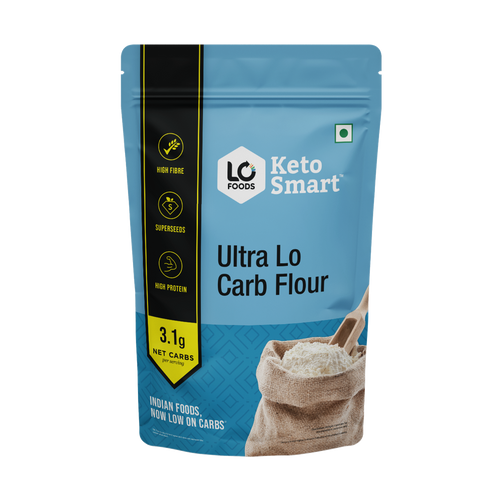
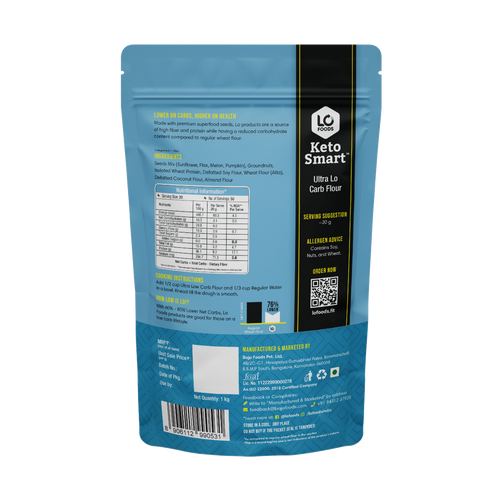
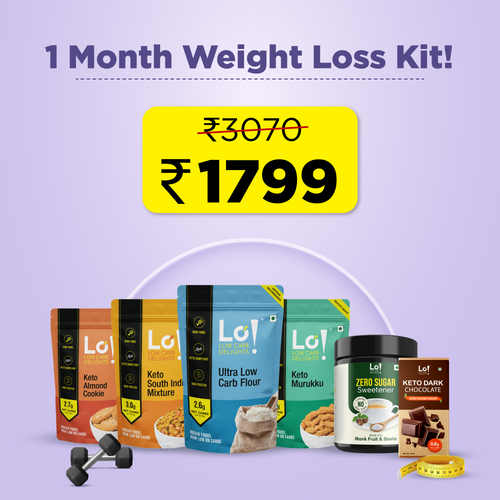
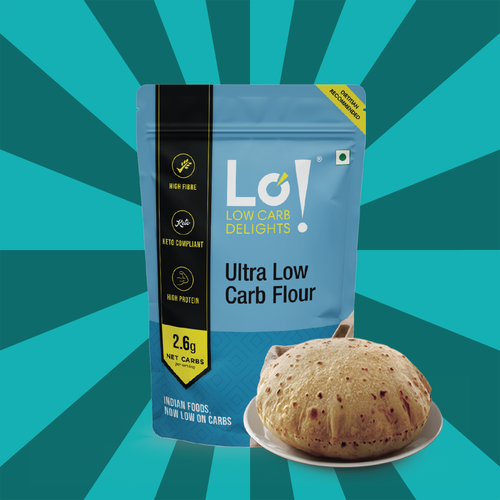
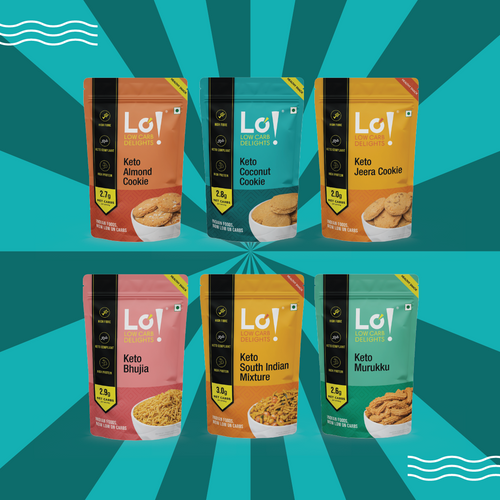
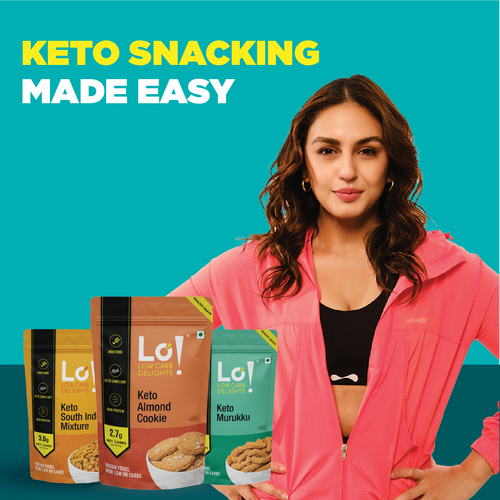
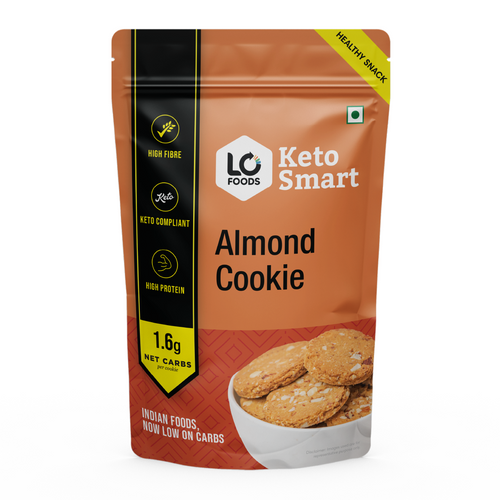


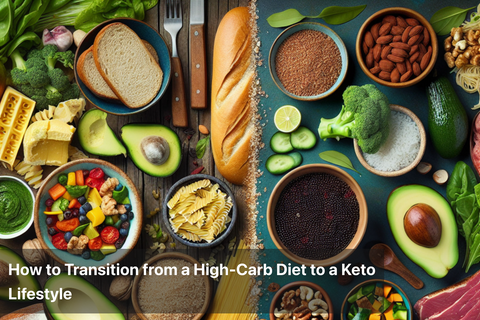

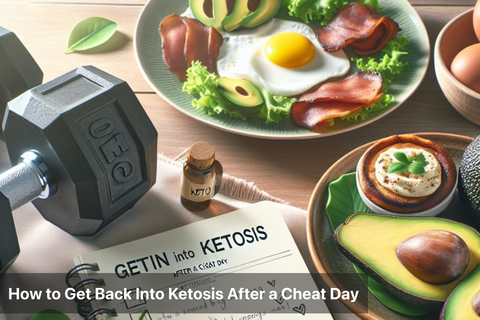
Leave a comment
Your email address will not be published.